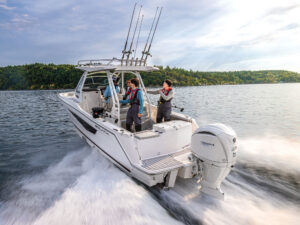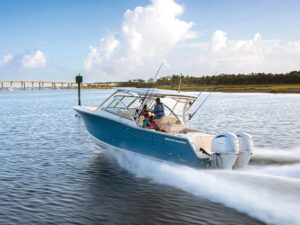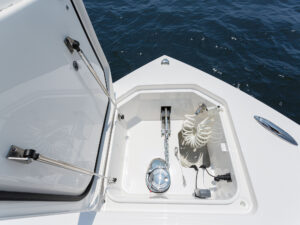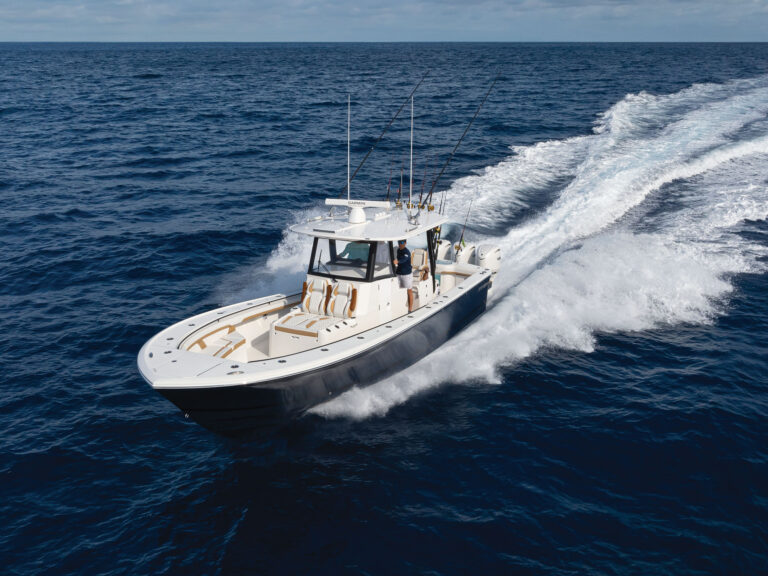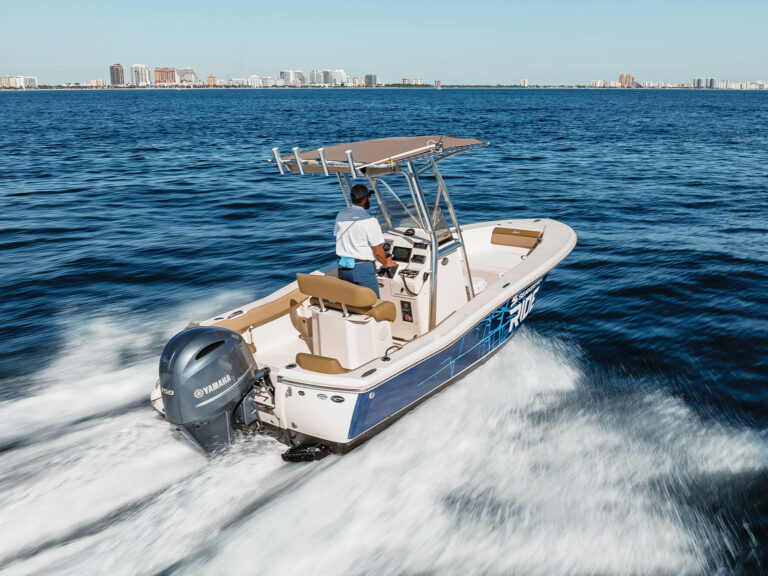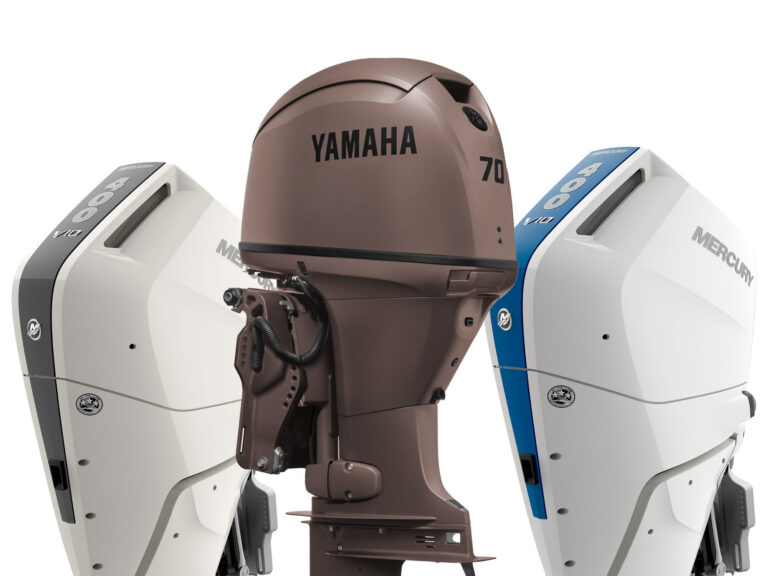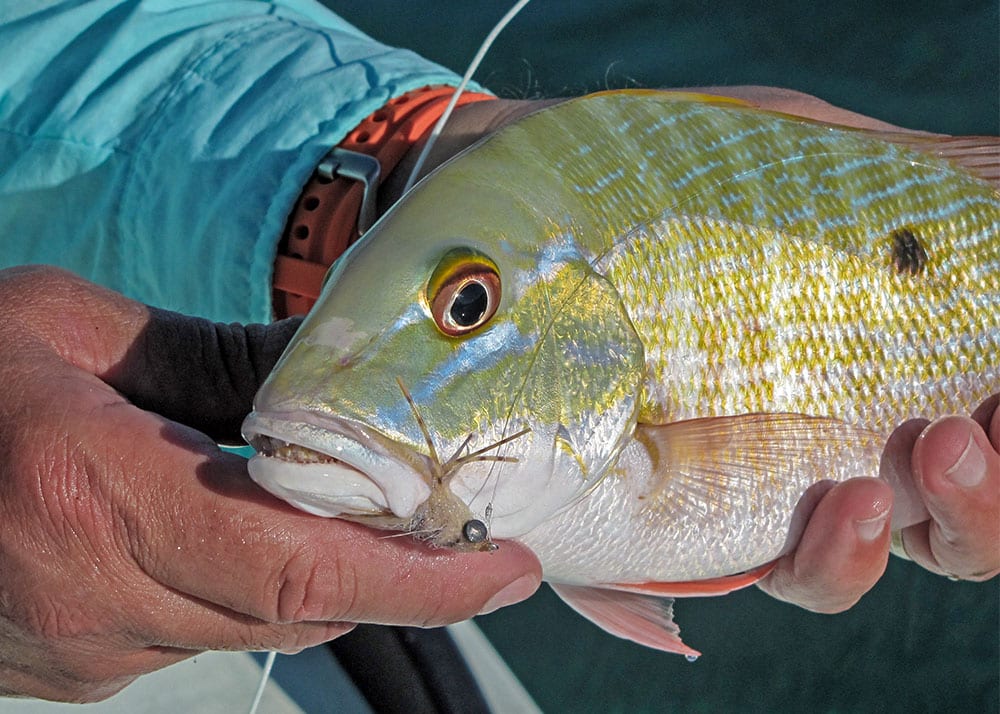
Of all the fly patterns I’ve tied and fished in more than 40 years, a handful of shrimp and crab imitations have become my go-to flies when sight fishing inshore. Narrowing down the choices to the top 10 is tough, but in my opinion, the following patterns are essential and every fly angler should carry them in various sizes, colors and sink rates to catch everything from seatrout to giant tarpon. In particular, utilize shrimp flies and crab flies for redfish.
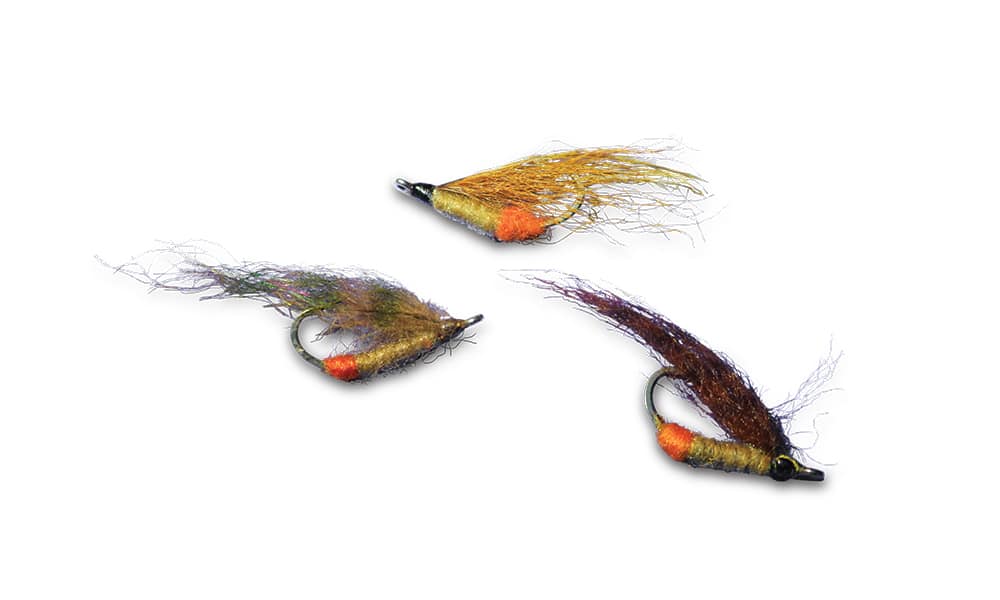
Snapping Shrimp Fly Pattern
This classic pattern was originally created to target bonefish in South Florida in the late 1970s. I have caught hundreds of tailing bones with it, not only in Florida waters, but also in the Bahamas and Belize, mostly with versions tied on a No. 4 hook, but some I tied on No. 2s tempted many of my biggest bonefish. I also use a beefier version for tailing redfish with great success, and variations of it on No. 4 and No. 6 hooks for snook under dock lights at night and for seatrout in the Indian River. Fish it weightless for tailers or skittish fish on shallow flats, or wrap soft lead wire around the hook shank, under the yarn, for slightly deeper water.
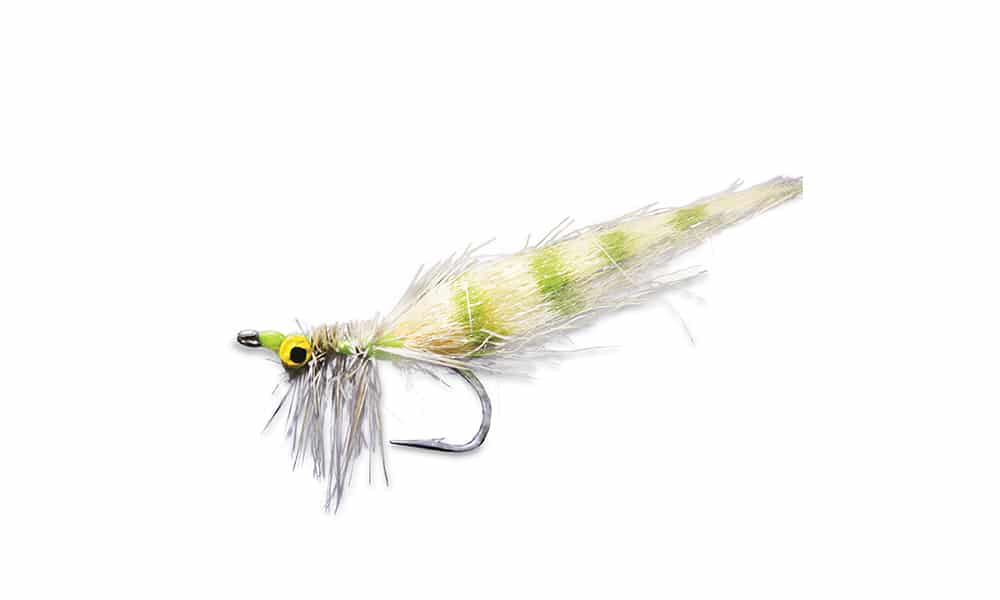
Borski’s Fur Shrimp Fly Pattern
This simple, impressionistic fly pattern incorporates Craft Fur, Krystal Flash, two saddle hackles and lead dumbbell or bead-chain eyes. It can be fitted with a mono weed guard for fishing over grass bottom, and adding bands with a permanent gives it a more shrimp look. Tied in neutral shades, it works well in clear water, but versions tied with vivid colors are better for stained or muddy water. Small versions on No. 4 and No. 2 hooks take bonefish and redfish in shallow water, and larger versions on No. 1 and 1/0 hooks appeal to snook, tarpon, and more. Definitely one of the top shrimp flies for redfish!
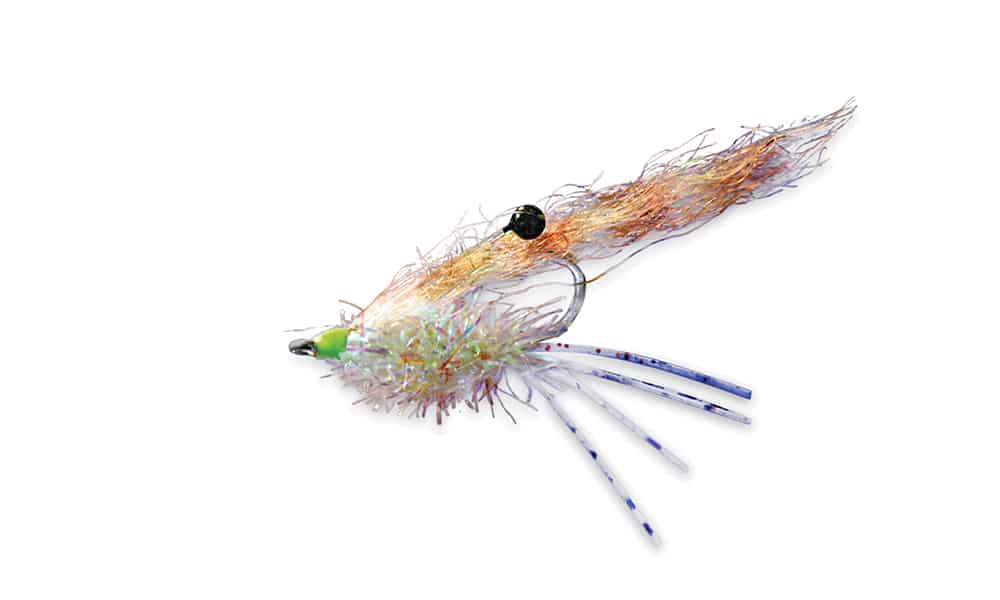
Mike’s Bendback Shrimp Fly Pattern
A style of tying shrimp rather than a specific pattern, tying bendback style allows you to fish shrimp flies over the and through grassy bottom, where shrimp take refuge. The fly in the photo is a version that has taken many seatrout, reds and snook for me over grassy mudflats, as well as tripletail and pompano on occasion. Steve Farrar fibers lend it a translucency, Sili legs provide motion and I add mono stalk eyes for realism. I mark up the flash chenille body and the wing with bands that suggest a shrimp’s segmented body. It can be weighted with fuse wire on the shank before tying, or fished without added weight. Hook sizes 2 through 1/0 are ideal.
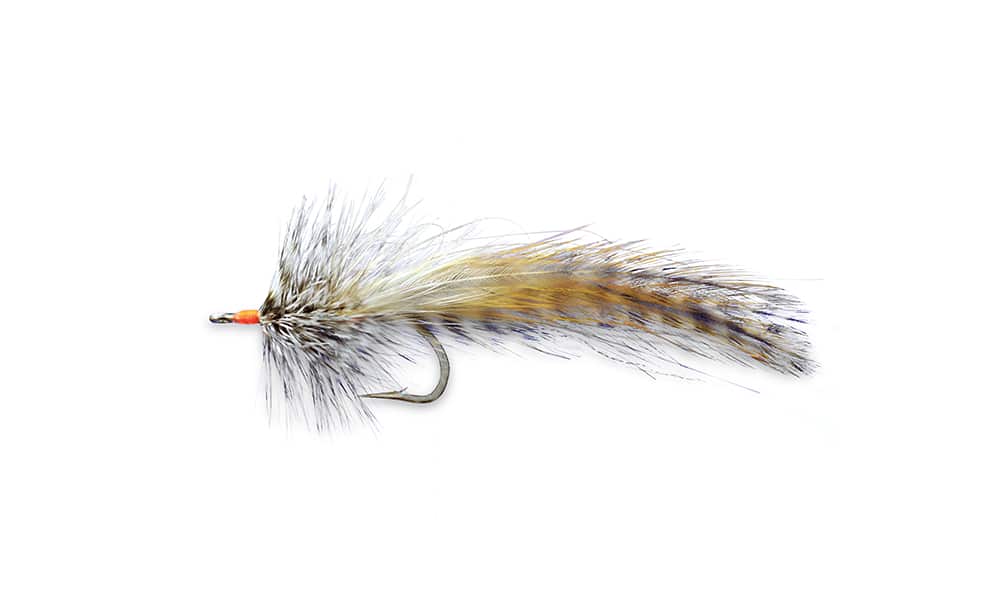
Shrimpy Sea-Ducer Fly Pattern
This classic attractor is a terrific shrimp fly pattern when tied in the appropriate colors. Between strips, it suspends much like a shrimp, can be swept by current in a natural fashion and the palmered hackle head gives the impression of legs. I once saw a version in which the tyer tied in a narrow strip of clear plastic over the top of the clipped head to imitate a shrimp’s carapace. This version in the photo is my favorite for the flats of Florida Bay and the Ten Thousand Islands in Florida. Comprised of cree/furnace and grizzly hackle feathers and gold flash, it appears “shrimpy” and has caught many backcountry slams (redfish, snook, seatrout, tarpon) for me. Even mangrove snapper love it. In the shallowest, grassy water, though the palmered hackled head fends off grass somewhat, I sometimes add a mono loop or mustache-style weed guard.
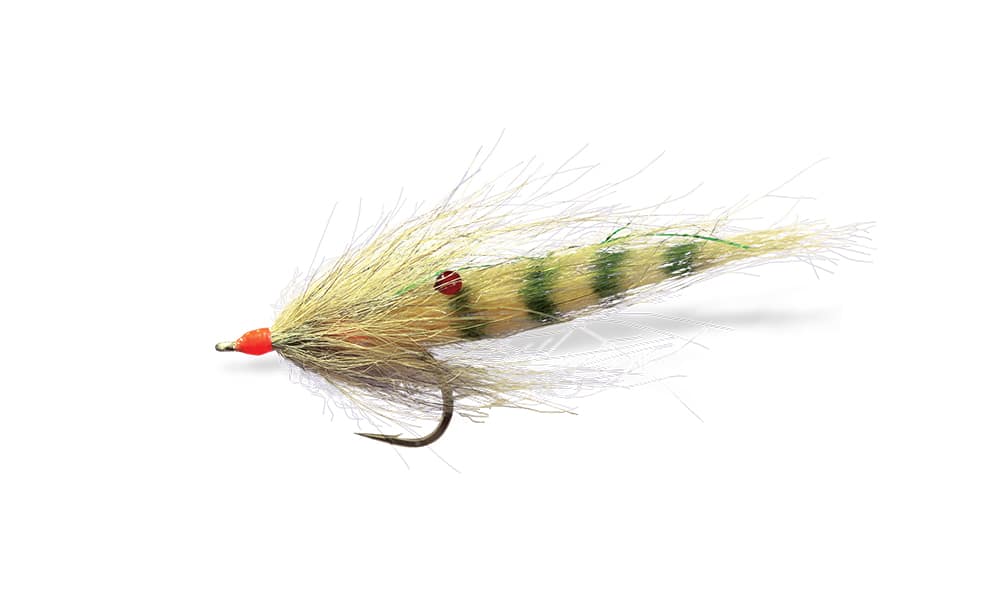
Snook Shrimp Fly Pattern
An easy-to-tie streamer that is ideal for all species that eat shrimp on inshore waters. I’ve caught small to medium tarpon, snook, spotted seatrout and tripletail on it, and first saw a version of the pattern years ago in a Keys fly shop, on a 2/0 hook for tarpon. It has also popped up on website pages. It has a dense fur collar and a barred Craft Hair tail, as is the style now for many shrimp flies. I add a bit of flash to it, and a mono weedguard for grassy waters or casting to shoreline vegetation. Best on hook sizes 2 through 2/0. It suspends well, or can be weighted with lead wire for fishing deeper.
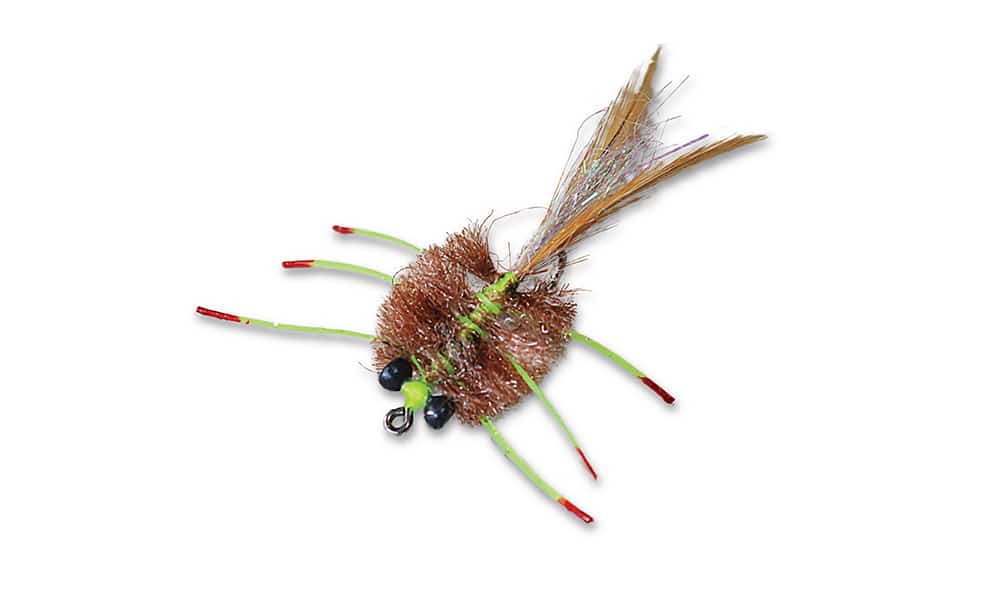
Del’s Merkin Fly Pattern
Arguably the most imitated of crab flies, this pattern helped its creator, the late Del Brown, catch over 500 permit. The fly is simple and ingenious, impressionistic at best in the looks department, but it casts relatively well and sinks like a rock. Lead eyes tied in just behind the hookeye, make the it sinks at an angle with its feather claws in a defensive position. The strands of rug yarn that make up the body absorb water readily, helping it sink faster. The original pattern has a tan and brown yarn body, splayed cree neck hackles for claws, medium to small lead dumbbell eyes, depending on the desired sink rate, and white rubber legs tipped with a red permanent marker. However, fly tyers now have an array of synthetic fibers available that could be more desirable for the body.
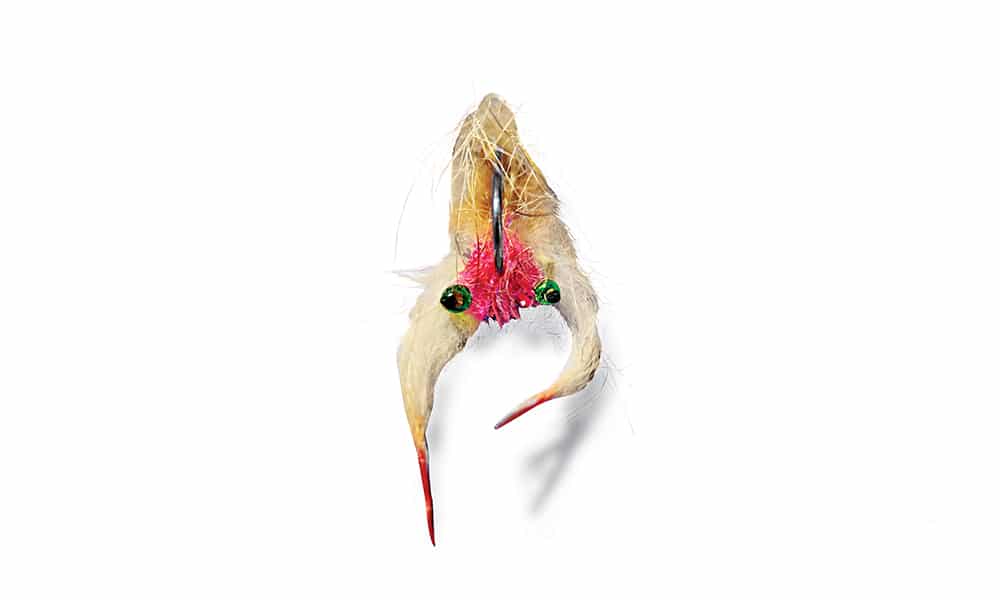
Kung Fu Crab Fly Pattern
The Kung Fu Crab is a touch more realistic than the Merkin. It has an EP Fiber body, built in the same manner as the Merkin, and the most innovative feature is a pair of claws made of rabbit strip, which are cemented to a point and undulate freely in the water. Mono-stalk eyes are tied in at the hook bend, small to medium lead dumbbell eyes are tied on top of the shank at the hook eye, and some tyers add rubber legs, a mono weed guard and tie in a tuft of hair at the head to help the fly flip over and sink with the point of the hook facing upward. Ranging in size to match hooks from No. 4 through No. 1, this is a great choice for bonefish, permit and other game fish. This is also one of the top crab flies for redfish.
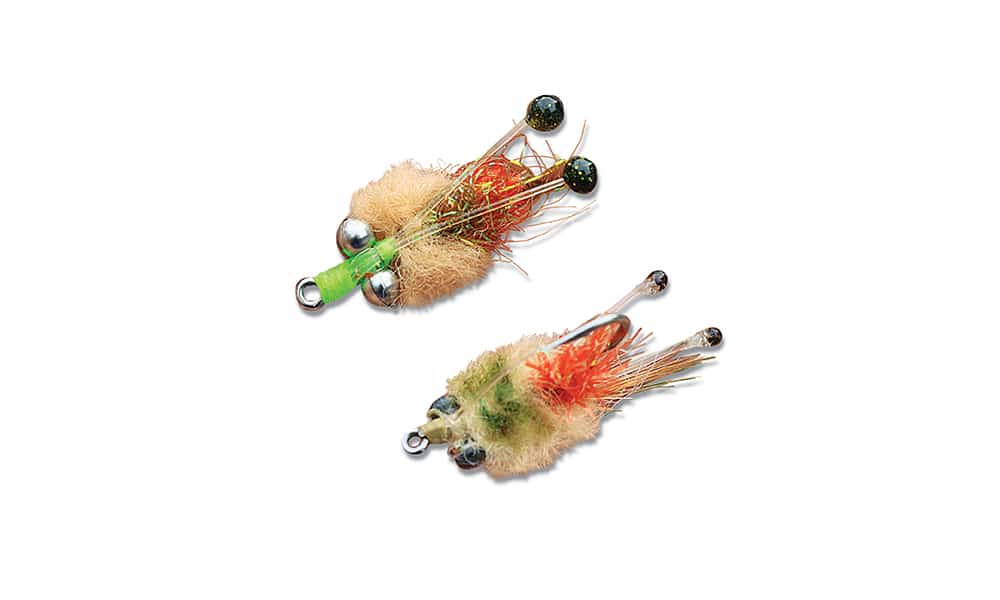
Borski’s Critter Fly Pattern
Artist Tim Borski again kept things simple when he created this deadly crab fly. Though primarily intended for bonefish and permit, I’ve also taken many redfish on it, and even caught snook, black drum and pompano that plucked this crab imitation off the bottom on shallow sand flats. It is tied “Merkin style” with either rug yarn, EP fibers or a similar material — most effective in shades that blend with the bottom with a touch of color added with permanent marker. Lead eyes tied at the hook eye provide the necessary weight, and mono-stalk eyes and some palmered hackle at the hook bend enhance the crustacean-like appearance. A single- or double-prong mono weed guard finishes it.

Velcro Crab Fly Pattern
The Velcro Crab utilizes the Velcro/felt coins sold as protectors for wood floors and furniture legs (chair slides) in various sizes — from the size of dime on up, and make instant crab-shaped bodies. They can be trimmed to make a more oblong shape if desired, and the best way to adhere them to a thread-wrapped (or chenille-wrapped) hook shank is to hot glue them back-to-back, or use a water-proof adhesive. Fly tyers add mono-stalk eyes, rubber legs, and other crabby features, depending on individual preference and imagination..
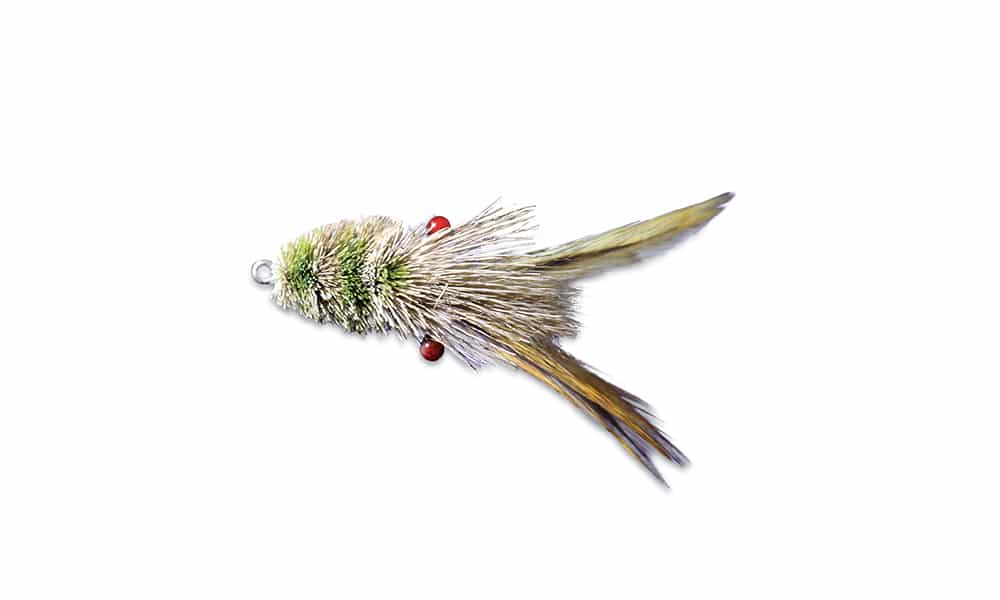
Floating Crab Fly Pattern
Some crabs have swimmerets that allow them to swim at or near the surface. Blue crabs, for example, use theirs to navigate tidelines and attach themselves to floating seaweed that will transport them safely through passes and inlets with the current. Tarpon, permit, redfish, tripletail and cobia know to inspect floating grass clumps for likely hitchhikers, and I can’t think of a better fly in that situation than the Floating Crab, a crab fly pattern that counts on a body fashioned from deer or elk hair, which floats, to keep the fly suspended on or near the surface. A few pairs of rubber legs, and claws made of webby neck or saddle hackles are added to give the fly some life as it bobs along. Prominent nylon barbell eyes or mono-stalk eyes further add realism. It pays to dress this crab imitation with fly floatant to keep it riding high longer, and also use a mono leader, which is more buoyant than fluorocarbon.

